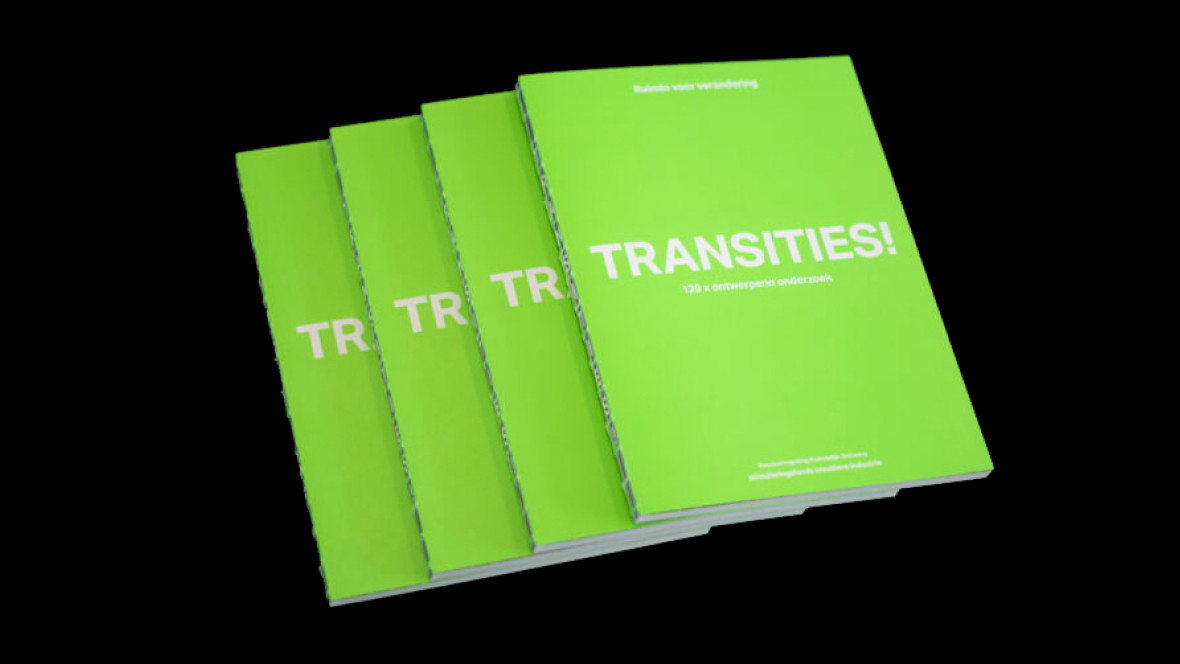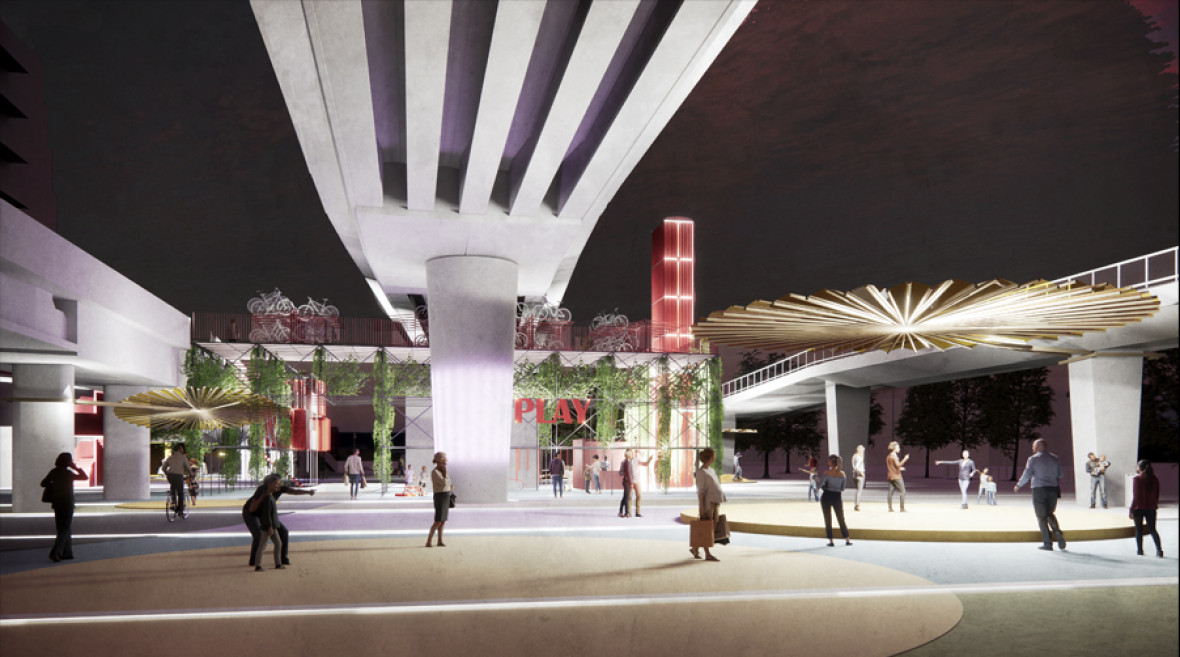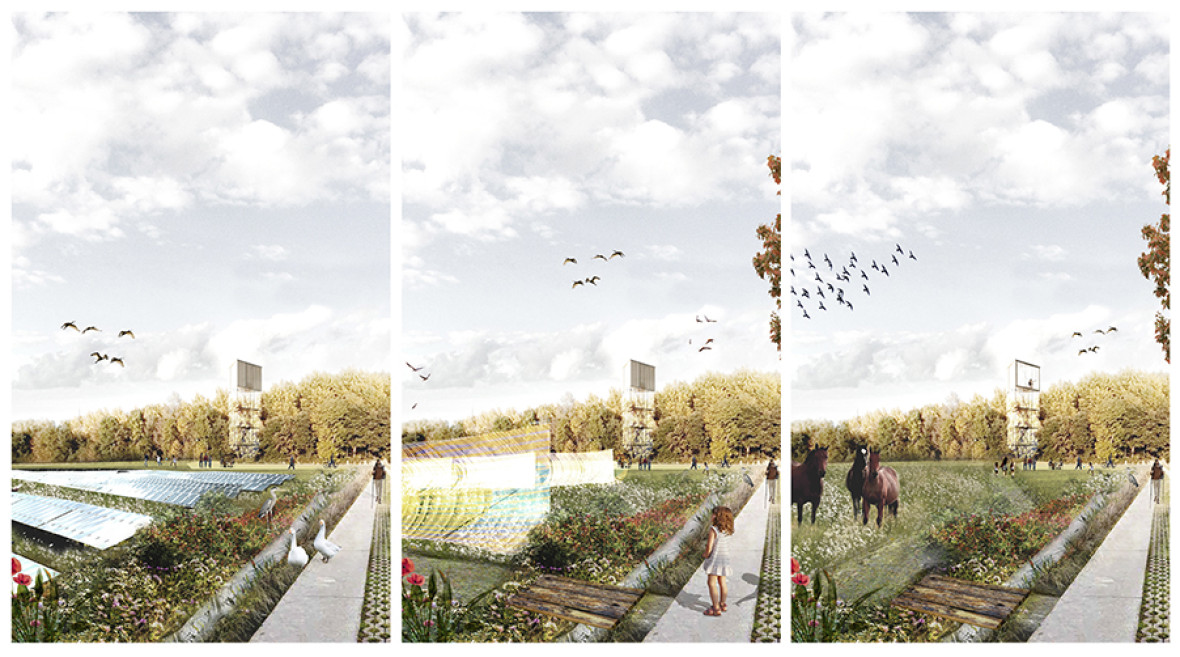


This year, the Stimuleringsfonds Creatieve Industrie (Creative Industries Fund NL) offered us the opportunity to explore the spatial implications of ongoing energy transition projects. The research we conducted is helping to visualize a sustainable future for the Netherlands, and the two research projects we worked on have now been published in the handbook ‘Transities!’
From unsafe space to meeting place
Metroplein square in Hart van Zuid brings together housing, travel, recreation, and social programmes. Despite having the right ingredients to become a vibrant urban environment, it looks runs down and is considered a problem area with little social control. This research shows that homeless people and young people have a considerable impact on public spaces during the day. What interventions could improve conditions for these groups and, as a result, for the area as a whole?
Karres and Brands and Arttenders actively listened to these groups and concluded that, while this area was in need of spatial interventions, it was equally calling out for a range of social programmes. The proposal is to transform the former bowling alley into a meeting place and centre for a social programme, so that it functions as a hub for initiatives geared towards young people who are at a distance from the labour market. This plan also energizes the outdoor space by elevating the temporary bicycle parking facility to create space for activity and installing a central artistic element to create a focal point in the square.

Landscapes of Desire
Karres and Brands and three other design agencies worked on Aorta and PARK’s research request to transform solar fields into ‘landscapes of desire’. This research was prompted by concerns regarding the impact of solar fields, which were changing how the landscape was used. Identifying smart ways to merge energy transition projects with other major societal challenges is the key to strengthening the landscape.
Our team looked at the riparian corridor landscape north of IJsselstein, linking the energy transition to private goals and social ambitions. Instead of concealing solar panels as much as possible, you can also choose to make them an integral part of the landscape. However, this will only work if the panels support the interests of local stakeholders. A farmer is not likely to ‘desire’ solar power if it leads to an upheaval of their work, land, and identity, but they may embrace it if it complements their existing business case while protecting their crops from extreme weather. The team is working on a toolbox that reveals the added value of solar panels for individuals and wider society. This has taken the form of a dwarf-tree orchard in which solar panels protect fruit trees from extreme precipitation, hail, or heat, and solar panels being placed vertically in fields.

View the handbook ‘Transities!’ Online with project results from the 129 participating teams in the spatial design voucher scheme.